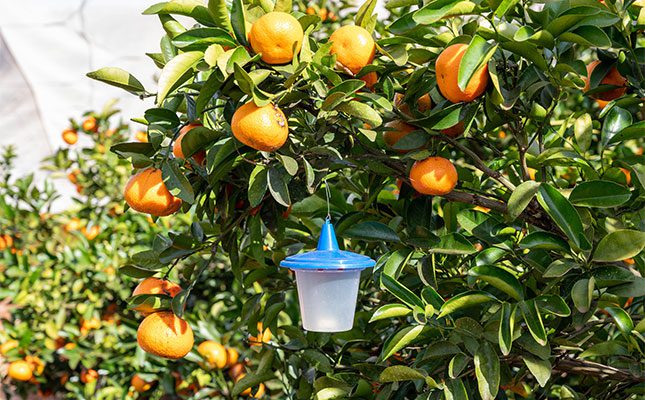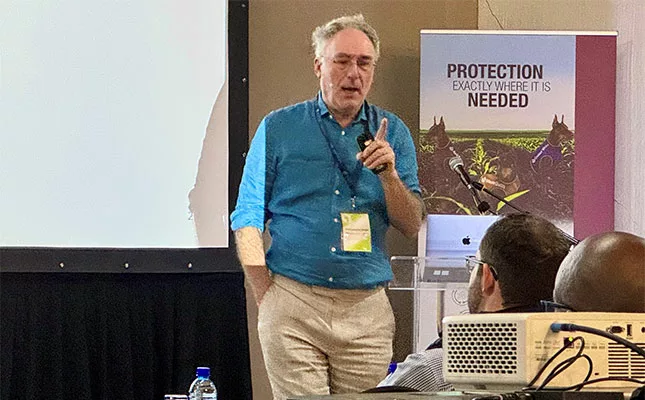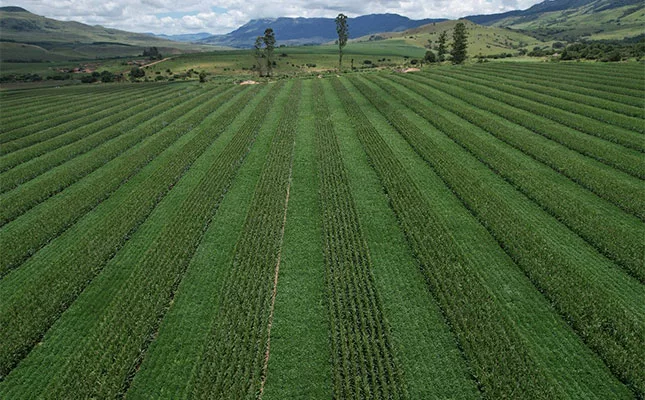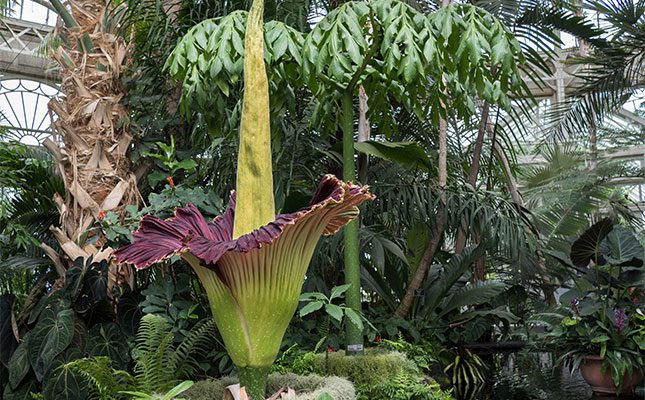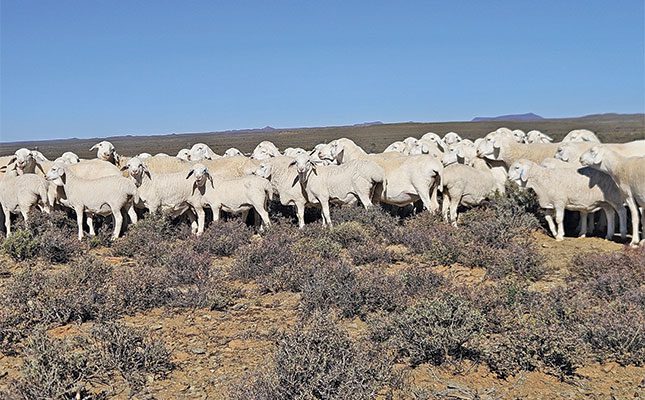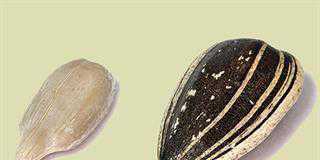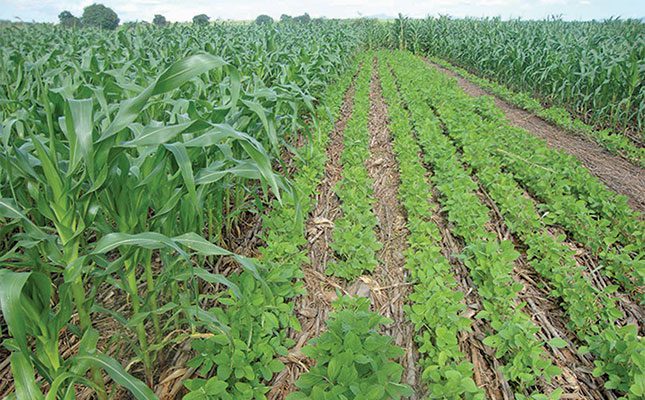
Having spent my formative years in what eventually became the Transkei region and having rum donor-funded farming projects in the former Ciskei region, over time I witnessed the gradual degradation of crop and vegetable production.
I would, in some instances, see the ongoing practice of ‘monoculture’: this effectively means the planting of the same crops, year-in and year-out, on the same croplands. Because maize is part of the staple diets of many communities in South Africa, the previously mentioned monoculture invariably involved this crop.
Each planting season I would notice maize plants becoming progressively smaller and increasingly yellow in colour and this is invariably caused by nutrient deficiencies, and even perhaps by high pathogen and parasite levels in the soil. Without fail, the food produced by such plants will be substandard.
The problem with monoculture is that many parasites and fungal infections are specific to certain plants, and if new plants are not introduced in cycles onto croplands, and into vegetable gardens, parasites and fungal infections are allowed to systematically and progressively increase in number.
Impact on production
This starts to impact heavily on production. When a producer institutes crop rotation on the other hand, this not only assists in breaking the life cycles of pests, it allows different types of plants to ‘work their magic’ on the soil.
Essentially, different types of plants that produce food for us require different nutrients, and some add to the soil what others have extracted or removed. This also saves you in the long term because you will be less reliant on expensive fertilisers.
Irrespective of how small your land or garden is, you can divide the area into four different areas because there are roughly four different classes of vegetable or food crop.
Some commonly grown food-producing plants are mentioned below, and I’ll offer some advice on how you can rotate these from area to area each growing season.
Before doing this however, you need to understand more about the benefits of crop rotation:
- Vast improvements in nutrient status of the soil and improvements in soil characteristics;
- Increased range and activities of crucial and beneficial soil organisms;
- A marked reduction in plant parasites and diseases;
- Reduced erosion of the soil in the rainy season; and
- Having continual coverage (if you’re able to plant in winter in your region) of the soil by valuable and profitable plants.
While some countries may use different words or terminologies for some of these, the basic four types of food-producing plants are classified into the following:
- Legumes: these are vegetables such as green beans, soya beans, fava beans, chickpeas, peas, lupines, and peanuts. These plants add valuable nitrogen to the soil;
- Root vegetables: these are vegetables like carrots, radish, beetroot, onion, and turnips. These are light feeders and like more potassium and phosphorous than nitrogen;
- Leafy greens/brassicas: these are produce like lettuce, spinach, herbs, cabbages, cauliflower, and broccoli. They require lots of nitrogen and are thus heavy feeders and will extract nitrogen from the soil;
- Fruiting vegetables: these include squash, tomatoes, potatoes, melons, pumpkin, cucumbers, corn, and butternut. These plants require lots of phosphorous and some nitrogen.
More holistic approach
So, an example of a four-year cyclical rotation each new growing season would be to plant legumes in the first area or bed in your first season of growing, greens in the second plot, fruiting vegetables in the third, and root vegetables in the fourth.
The second year, move the legumes to where the greens were planted, the greens to where the fruiting vegetables were planted, the fruiting vegetables to where the root vegetables were planted, and the root vegetables to where the legumes were planted. Keep records each year, and keep the rotational cycle going.
If you live in a tropical or subtropical region, then effectively you can adapt the cycle to become a two-year cycle.
Crop rotation can be regarded as a more holistic approach to production, and this increases your ability to use nature to save on costs, and simultaneously reduce risk.
Shane Brody is involved in an outreach programme aimed at transferring skills
to communal farmers.

